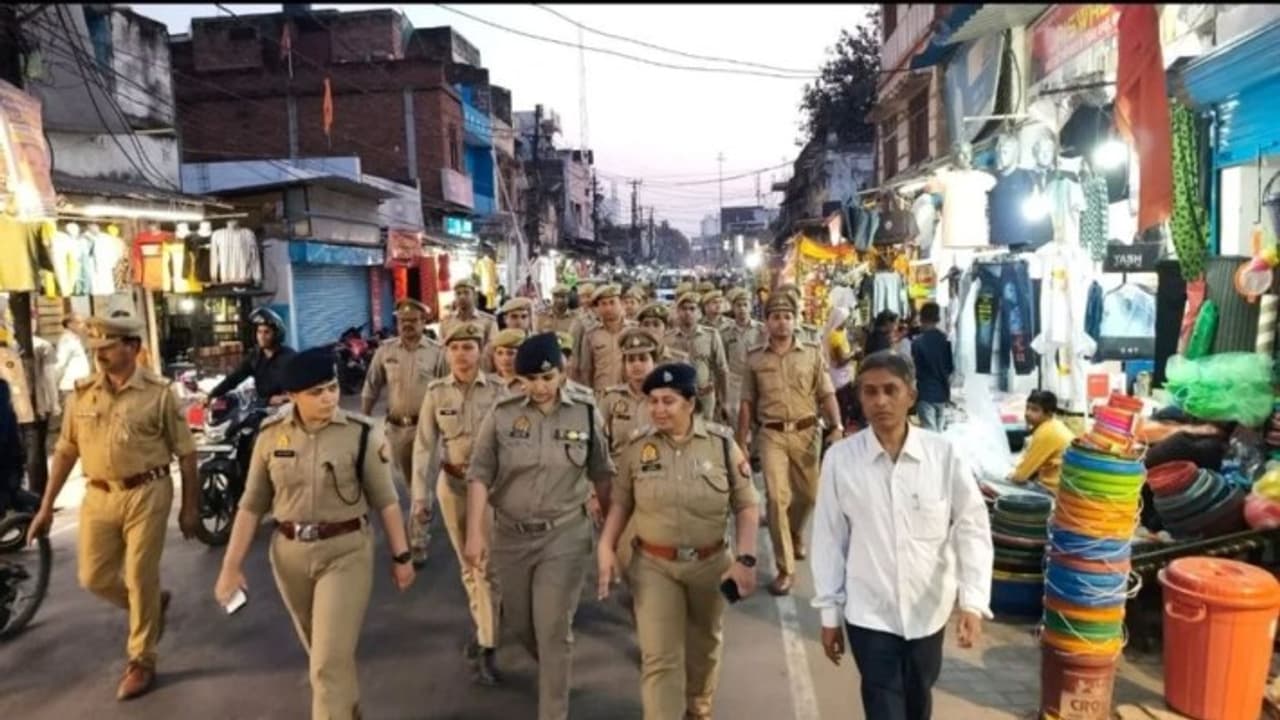The India Justice Report 2025 reveals severe gender and caste disparities in India’s justice system, with women stuck in low ranks of policing, understaffed courts, overcrowded prisons, and structural gaps in legal aid and healthcare access.
Despite decades of reforms and rising awareness, women continue to remain vastly underrepresented in senior policing roles in India, with nearly 90% of all women in the force serving at the constable level, according to the newly released India Justice Report (IJR) 2025.

The report, spearheaded by Tata Trusts and backed by several civil society organisations and data partners, evaluated state-wise performance across four key pillars of justice delivery — Police, Judiciary, Prisons, and Legal Aid. It draws from official data sources such as the National Crime Records Bureau (NCRB), Ministry of Law and Justice, National Judicial Data Grid (NJDG), and Prison Statistics India.
As per the findings, out of approximately 2.4 lakh women in India’s police force, only 960 occupy Indian Police Service (IPS) positions — a mere 0.4%. A further 24,322 hold officer posts like DySP, Inspector, or Sub-Inspector. The overwhelming majority — over 2.17 lakh — remain in constabulary roles.
Madhya Pradesh was noted for having the highest number of women DySPs (133), but not a single state or Union Territory has achieved its target for women's representation in policing.
In the overall ranking for justice delivery among large and mid-sized states, Karnataka retained the top position, followed by Andhra Pradesh, Telangana, Kerala, and Tamil Nadu — with the five southern states leading due to stronger diversity, infrastructure, and staffing metrics.
The report also highlighted broader systemic challenges:
Judicial vacancies:India has just 15 judges per million population, far below the Law Commission's 1987 recommendation of 50. High Courts are functioning with 33% vacancies and district courts with 21%.
Case burden: Judges in Allahabad and Madhya Pradesh High Courts are handling nearly 15,000 cases each, while district court judges carry an average caseload of 2,200.
Prison crisis: India's jails are operating at an average 131% capacity. In Uttar Pradesh, one-third of jails house inmates at over 250% of capacity. The prisoner-doctor ratio is a staggering 775:1 nationally, and over 1,000:1 in states like Haryana, West Bengal, and UP.
Underrepresentation of SCs and STs: While SCs make up 17% and STs 12% of the police force, their representation in the district judiciary remains much lower at 14% and 5%, respectively.
Legal aid gaps: Per capita expenditure on legal aid has nearly doubled since 2019 to Rs 6.46, but the number of paralegal volunteers has declined by 38% in five years, with just three PLVs per lakh population.
The report also tracked progress among smaller states, with Sikkim topping the list, followed by Himachal Pradesh and Arunachal Pradesh.
Bihar, Odisha, and Chhattisgarh were recognized for showing the most improvement between 2022 and 2025. Uttar Pradesh and Uttarakhand moved up the rankings, surpassing Gujarat and Haryana.
With India’s prison population expected to reach 6.8 lakh by 2030, the report warns that without urgent systemic reforms, the justice system will continue to marginalize vulnerable groups, including SCs, STs, women, and persons with disabilities.


